Comparing Ordinals and NFTs
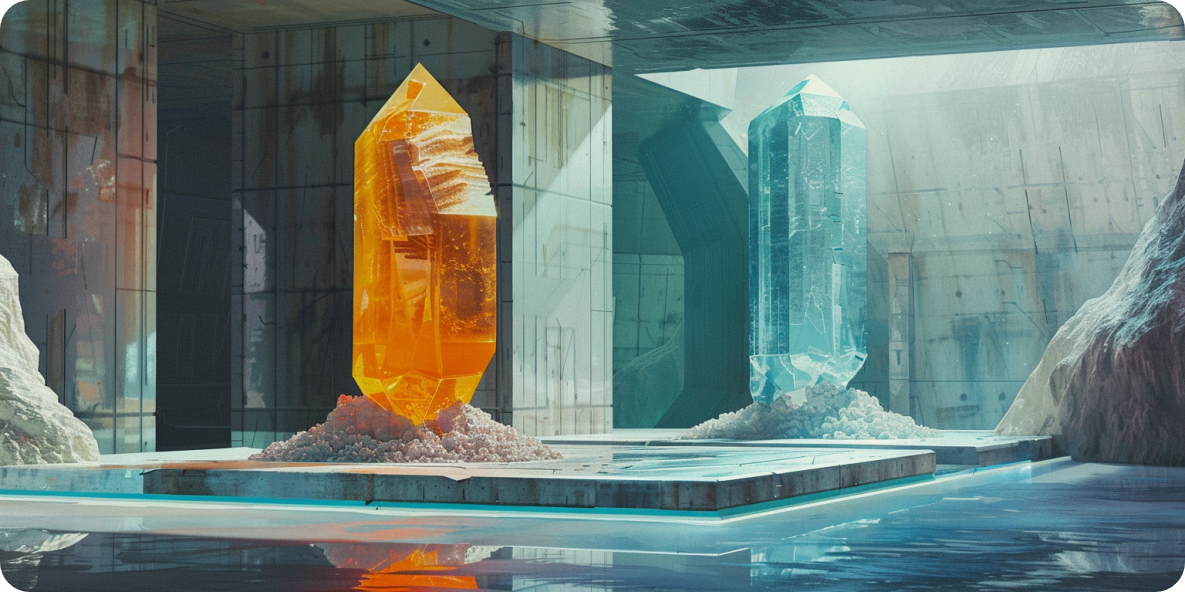
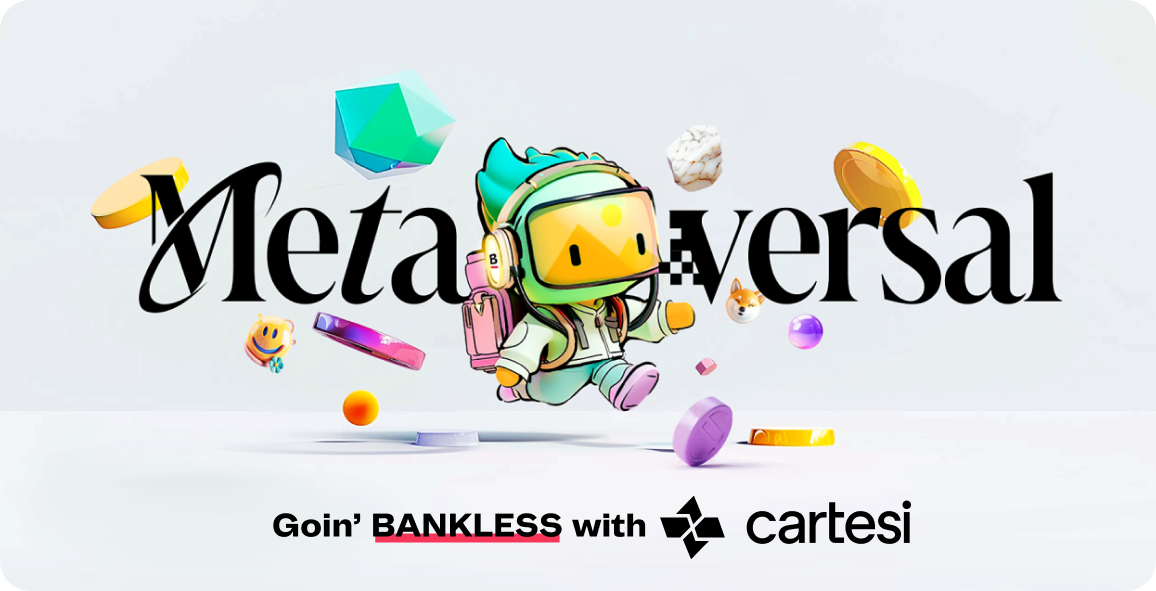
View in Browser
Sponsor: Cartesi — Build app-specific rollups with Web2 tooling without the constraints of Web3!
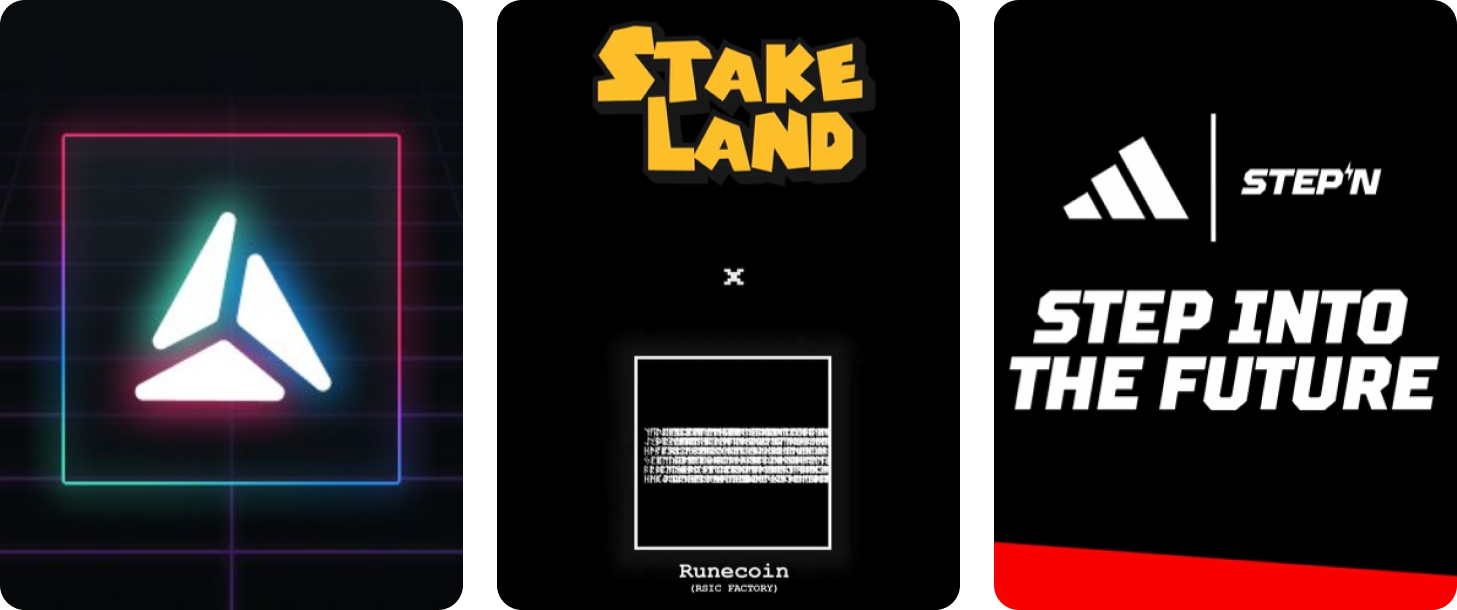
- 🪙 $ARCD arrives. The governance token of NFT lending protocol Arcade hit the Ethereum mainnet today, paving the way for holders to stake, provide liquidity, and participate in steering the project's roadmap.
- 🪨 Meet Runecoin. Memeland, the team behind the Captainz NFT collection, unveiled Runecoin, a Bitcoin token, as the first launch on Stakeland; the new token can be earned by completing quests or staking $MEME.
- 👟 STEPN x Adidas. Lifestyle app STEPN announced a partnership with footwear giant Adidas that will see 1,000 co-branded Genesis Sneaker NFTs raffled on Solana.

Positive sentiments around Ordinals seem near all-time highs.
So, too, are top Ordinals collections riding high—currently, three of the top six NFT collections by market cap live on Bitcoin via inscriptions: Runestones, NodeMonkes, and Bitcoin Puppets.
As some of you may know, I’ve been tracking and writing about Ordinals since they arrived in January 2023.
My take, from the early days through now, has been that this standard is among the most compelling tokenization approaches Bitcoin has ever fielded. I applaud how it has opened up new cultural terrains and become a big new driver of Bitcoin blockspace demand.
However, Ordinals aren’t perfect. No approach to non-fungible digital assets is. And yet with Ordinals buzz surging, I’ve seen an uptick of rhetoric lately suggesting “Ethereum NFTs are pointless” now because Ordinals exist.
The fact of the matter, though, is that Ordinals have significant strengths and weaknesses when compared against Ethereum NFTs and smart contract chain NFTs in general. So how do these two sides stack up, technically speaking? Let’s break it down.
First, where Ordinals beats everyone right now is cheap resolute onchain storage. They offer the best cost-to-permanence ratio of any NFT approach today, as you can see in the comparison chart below by Chainleft.
Yet Ordinals ownership is tracked offchain via indexers—any smart contract chain NFTs are more robust here, e.g. Ethereum NFTs, Solana NFTs, etc.
The inverse is many smart contract chain NFTs use offchain storage, though not all. And onchain storage has gotten cheaper via new methods on Ethereum, where using or mixing onchain and offchain techniques is limited mainly by your imagination; also, Solana compressed NFTs aren't technically offchain either and are worth a mention here.
Smart contract chain NFTs are additionally much better on speed, with transactions settling exponentially faster than on Bitcoin, and they’re also typically much cheaper to transact with except during large bouts of congestion on Ethereum, for example.
And while recursive inscriptions are a sick avenue to dynamism, inscriptions aren’t “state aware” and lack the programmability and onchain runtime expressiveness that ETH NFTs can have.
In particular, this onchain expressiveness is arguably the pinnacle of what’s most interesting about the NFT medium today. The always-on possibilities are endlessly composable here and novel runtime projects like Terraforms couldn’t exist as they do without tapping into this great pillar of the medium. Lacking this potential is a non-trivial disadvantage for Ordinals.
On the flip side, though, it’s safe to say there are plenty more NFT attack vectors on smart contract chains, so Ordinals certainly have an edge when it comes to risks generally speaking.
Zooming in some, two places where Ethereum NFTs specifically dominate all other ecosystems by far are tooling and the app scene. Nowhere do you have more excellent resources for building, and nowhere do you have more things to do with your NFTs, from borrowing on NFTfi to playing with your JPGs in Nifty Island to building galleries with Deca or in Decentraland, Voxels, etc.
Lastly, via proof of stake, any smart contract chain NFTs are vastly more energy efficient and greener than Ordinals. The combined estimated 2023 emissions footprint of Ethereum, Solana, Cosmos, Avalanche, Algorand, Cardano, and Polkadot was ~4,935 tonnes of CO2.
Even put together, that represents around 0.000014% of global emissions annually and is exponentially lower than Bitcoin’s CO2 footprint in the same span—it’s just the reality.
Yes, all NFT approaches have pros and cons, any analysis will bear that out, and I like what I’m seeing all around the increasingly multichain NFT ecosystem. But my grand point here is that talk of Ethereum NFTs being totally pointless now compared to Ordinals is tremendously overblown.
Ordinals do some things better, smart contract NFTs do other things better, and both have their places in the cryptoeconomy. Ordinals may be king of the hill when it comes to attention right now, but overall smart contract NFTs remain far more compelling regarding technical capabilities.
The bottom line, then? Both avenues have bright futures, and more creators will weave them together going forward like Nate Alex is doing with Natives. Look for further infra advances to improve UX across the board here, too, in the years ahead.
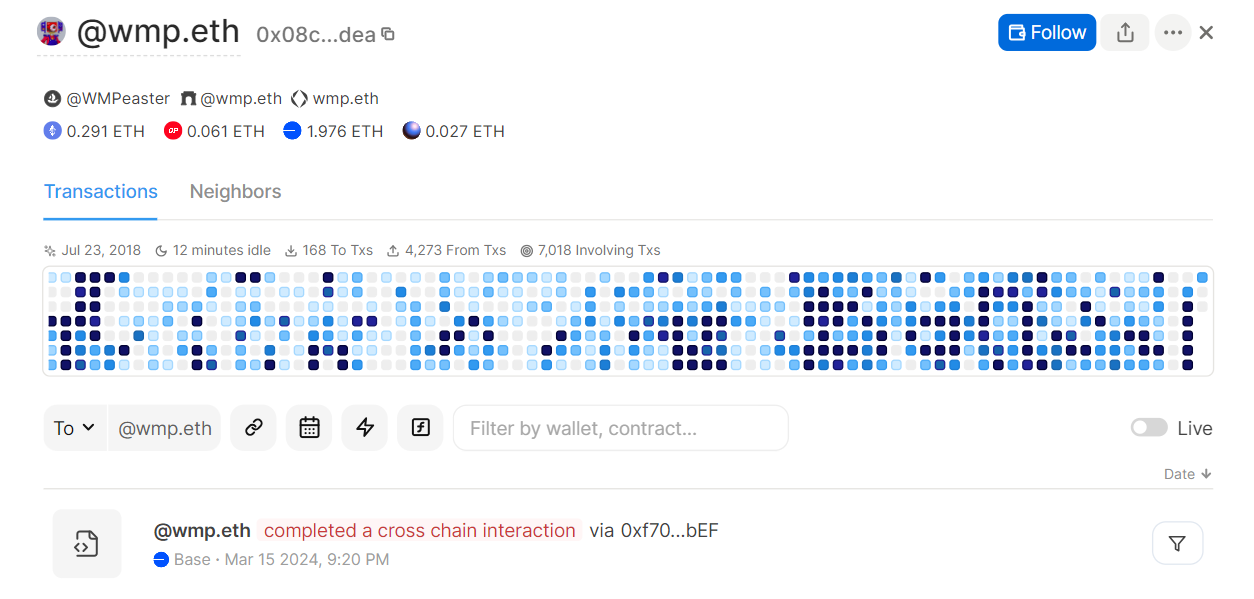
In Season 2 of Crypto the Game, when my Purple tribe needed to analyze the Player NFT holdings of other tribes, we turned to onceupon.gg.
Once Upon is a new human-readable block explorer that makes visualizing and understanding onchain activity simple.
The platform supports Ethereum and a range of L2s, and it offers "Following" and "Groups" features so you can readily curate addresses you want to track. It even has a Farcaster dashboard so you easily find what Warpcast drops that the people you follow are minting.
All that said, next time you have an address or transaction you need to understand better, try taking Once Upon for a spin–it's really slick.
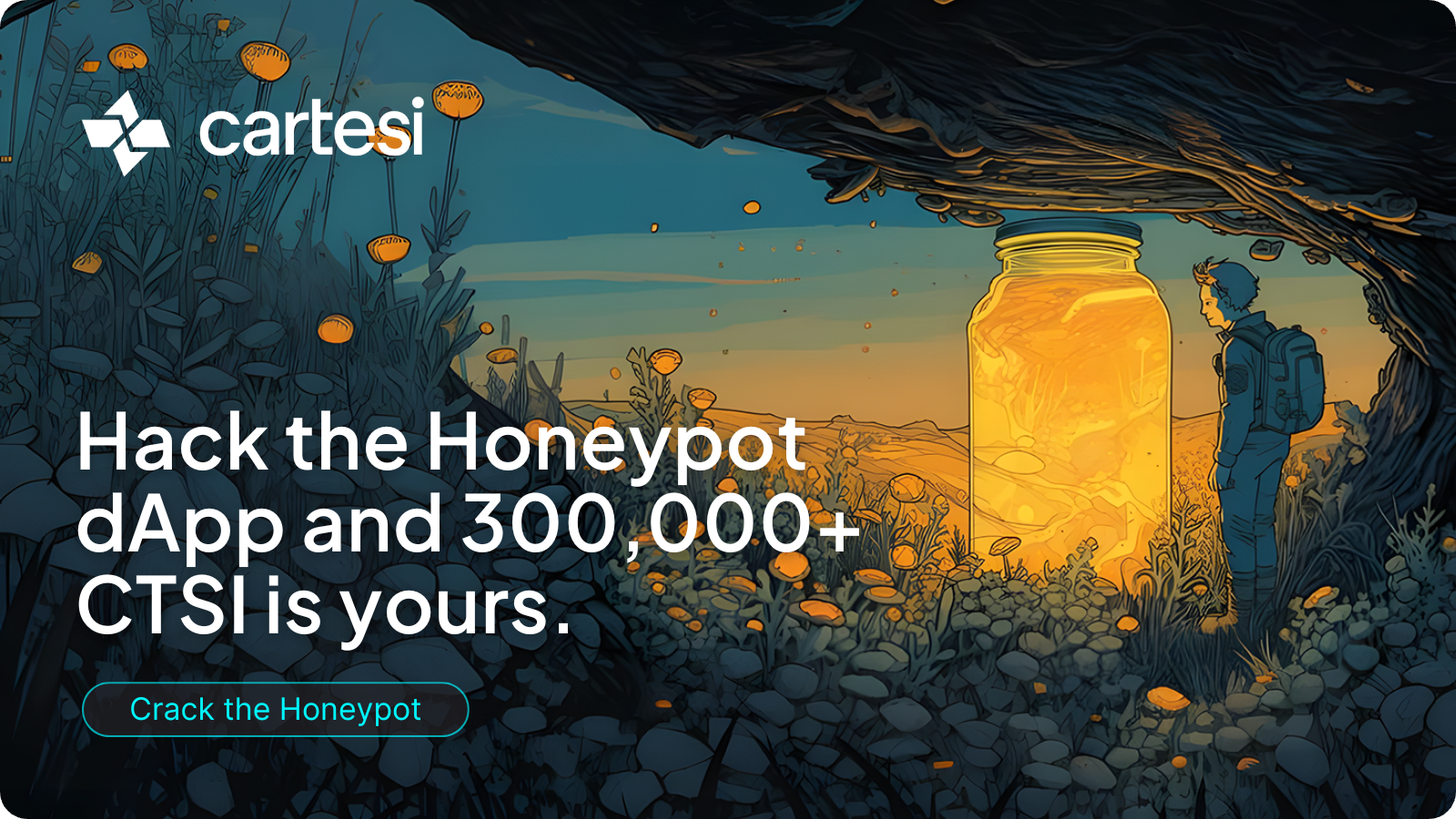
Cartesi has a challenge for all talented devs! Try to hack their Honeypot dApp. Compete in a bug-bounty initiative to test, scrutinize, and refine the underlying code of Cartesi Rollups!

It's an exciting time around the Bitcoin builder scene as all sorts of new innovations are popping up. The latest here is CatVM.
Introduced this week by the Quantum Cats team in a hilariously charming and illustrated whitepaper, CatVM is a new type of design for a permissionless Bitcoin bridge.
The idea? Scale Bitcoin without having to front liquidity, a la the Lightning Network, and unlock new things like better decentralization and trading UX around Ordinals and Runes.
Of course, actualizing CatVM will depend on the reactivation of OP_CAT, an old scripting-centric Bitcoin opcode that Satoshi Nakamoto shuttered in 2010. But at this point, I sense the return of OP_CAT is inevitable, so I think it's only a matter of time until CatVM arrives. It'll be a huge level-up, so keep your eyes peeled.